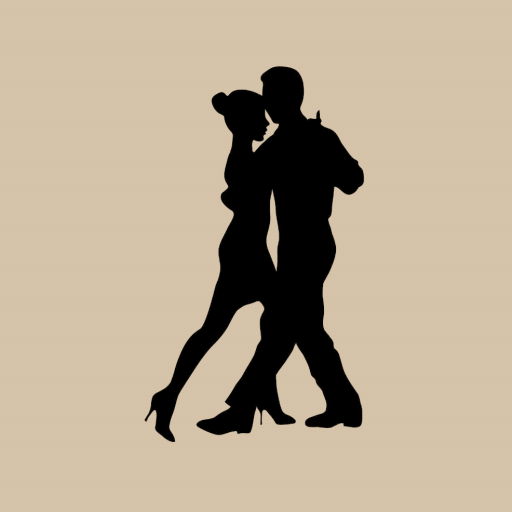The samba grew in popularity during the 1930s as the national dance of Brazil before movie star Carmen Miranda popularized it for the rest of the world. As a dance of excitement and festivity, the samba is a staple of Latin dance halls and South American carnivals. As such, traditional Meso- and South-American music often establishes the foundation for samba rhythm (with a 4/4 meter, typically at about 100 BPM), but contemporary pop dance music sometimes matches samba rhythm just as well.
How to recognize when to take the first step when dancing samba?
To recognize when to take your first step, carefully distinguish between the song’s kick drum and use of Latin shakers or higher-pitched synths. There are strong downbeats that contrast fractional upbeats in a “1 –a 2, 3 –a 4” pattern. Fortunately, samba rhythm music typically only uses a kick drum on the 1, 2, 3, and 4. Be sure to step on a 1 or 3, and avoid the 2 or 4 beats right after the fractional upbeat.
How to dance samba?
As a Latin party dance, you may take a closed frame with your partner, but you can just as well dance with a two-hand grip at hip-height. The expression of the samba comes from the lower body and hip movement, so try to keep your upper body still and stable while letting your hips rock and your knees separate and join to the rhythm.
Practice now with the Dancebeat app
Get the Dancebeat app now to practice
- recognizing the correct dance for the played music.
- recognizing the dance steps of each dance.
- recognizing the right moment to take your first step.
Sources
- James Mehl: Professional ballroom dance consultant
- Eddington, Marci H., and B. Lee Wakefield. American Social Dance: Syllabus and Progress Chart. Brigham Young University, 2003.
- National Dance Council of America. Compiled Rule Book Master v2 (March 2022). PDF file, National Dance Council of America, 2022.
https://ndca.org/ – Compiled Rule Book Master v2.pdf. Accessed 24 Aug. 2025.


